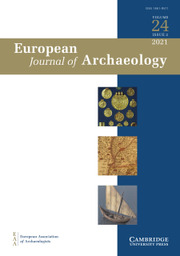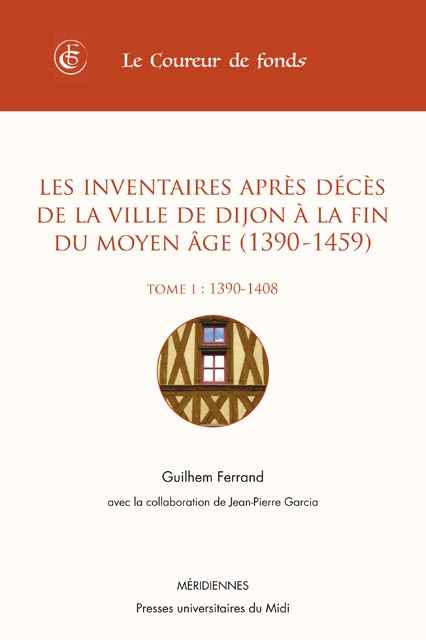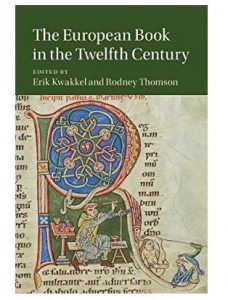Clare Browne, Glyn Davies and M. A. Michael; With a contribution by Michaela Zoschg, « English Medieval Embroidery Opus Anglicanum »
An introduction to the design, production and use of luxury embroideries in medieval England (c. 1200–1530)
In medieval Europe, embroidered textiles were indispensable symbols of wealth and power. Owing to their quality, complexity and magnificence, English embroideries enjoyed international demand and can be traced in Continental sources as opus anglicanum (English work). Essays by leading experts explore the embroideries’ artistic and social context, while catalogue entries examine individual masterpieces. Medieval embroiderers lived in a tightly knit community in London, and many were women who can be identified by name. Comparisons between their work and contemporary painting challenge modern assumptions about the hierarchy of artistic media. Contributors consider an outstanding range of examples, highlighting their craftsmanship and exploring the world in which they were created.
Clare Browne is an independent scholar, formerly curator of textiles at the Victoria and Albert Museum. Glyn Davies is head of curatorial at the Museum of London, previously curator of medieval art at the Victoria and Albert Museum. M. A. Michael is professorial fellow in the School of Culture and Creative Arts at the University of Glasgow. Michaela Zoschg is curator of medieval art at the Victoria and Albert Museum.
ISBN: 9780300259988
Publication Date: September 14, 2021
Publishing Partner: Published in association with the Victoria and Albert Museum












